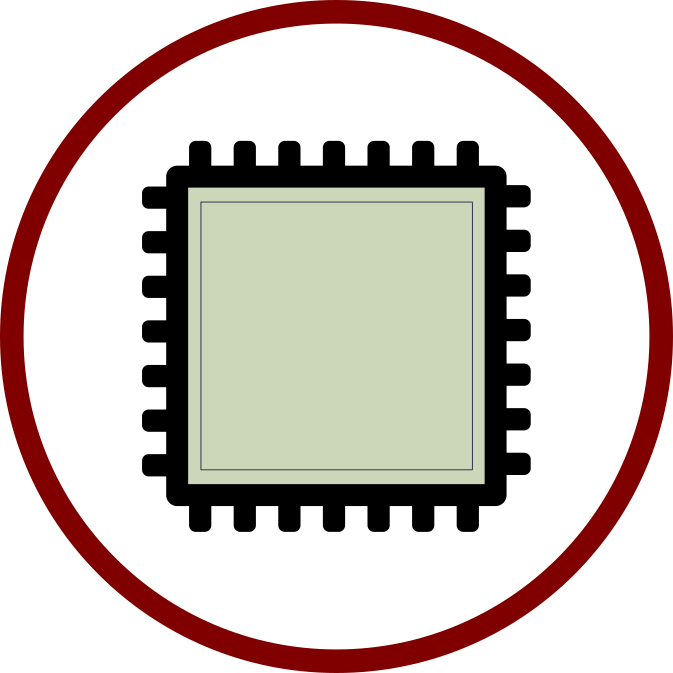So I want to use an FPGA. I don’t want to spend thousands of hours reading through manuals, learning VHDL or the “easier” Verilog, and I don’t want to spend forever picking the right hardware, accessories, boards, installing drivers, getting it to work with my operating system…etc
I heard LabVIEW for FPGA is a great tool for FPGAs, but all of my computer programmer friends told me that LabVIEW sucks. Then I started using LabVIEW for FPGA and realized that they were all wrong and I was right.
Everywhere I look, I see Wall Street people using FPGAs to process Network data before it goes in and out of the network. In fact many solutions claim to have implemented portions of the network stack inside the FPGA, some even claim an entire TCP/IP stack. One of these solutions is an open-source project called “NetFPGA”. Now they have a 10 gigabit board, and a bunch of other similar products, but I don’t know what they are talking about by looking at their website, and I don’t have the time to listen to a bunch of long and boring YouTube videos. I bought their 1 Gigabit board several years ago, and I was never able to get anything useful done with it. From not having the right version of the Xilinx tools installed on my machine, lack of the IP Cores to just not knowing all of the things that “every” programmer is “assumed” to know. Anyway, go here and see what I mean:
Perhaps I am a moron, perhaps I suck at programming. But at least I was able to use LabVIEW for FPGA to do some pretty interesting stuff many years ago. Anyway, welcome to this blog where I will work towards the goal of making a 10 gigabit FPGA accelerated network card that can parse FIX messages and generate Fill Orders whenever certain conditions are met. I will use my own desktop computer for this, which is an older Windows machine with a 10 gigabit network card – Mellanox MNPA19-XTR ($24 USD) purchased for the purposes of this project, and a Windows machine that will be controlling the National Instruments PXIe-6592R ($10,999 USD) FPGA board. I will install a MicroBlaze Soft Core Processor on the PXIe FPGA board to do the network connectivity for me and to run a simple C++ program that will instruct the rest of the FPGA on what to do.
This should not be difficult, this should not be tedious, and everything that I do I will log here, no more paper logs for me, no more confidentiality or secrecy or fear that someone out there will “steal” my ideas. The truth is that everybody who is using FPGAs and is not using LabVIEW is making a mistake, and this blog will set out to help people to avoid making the mistakes already being made. For the good of the world, for the good of Science, for the good of organic farming, for the good of small researchers who can’t afford to develop FPGA solutions using Verilog and VHDL.
